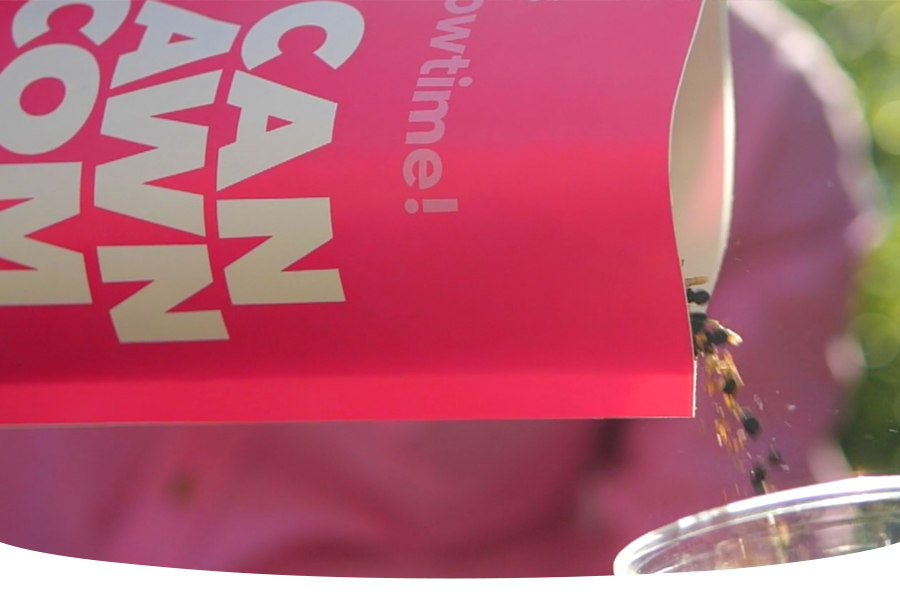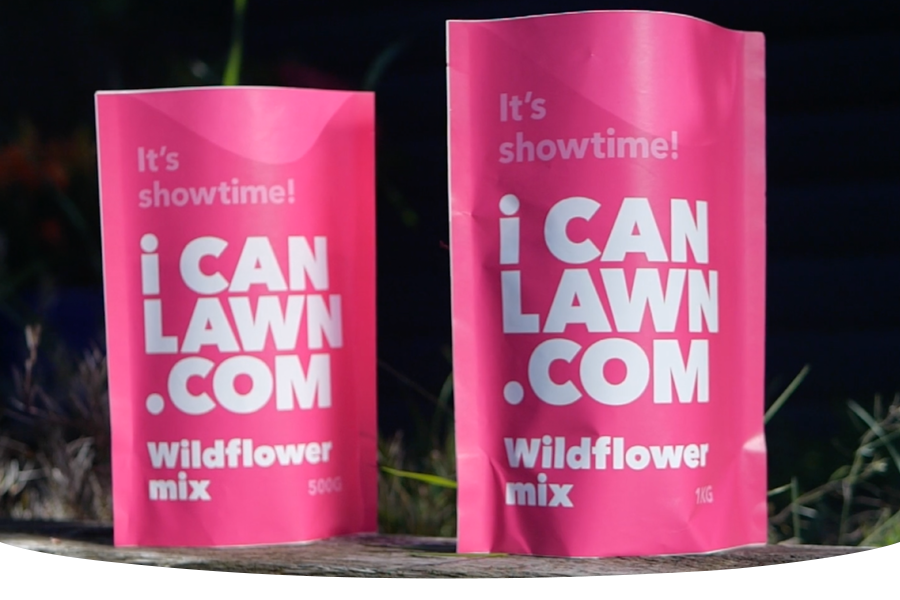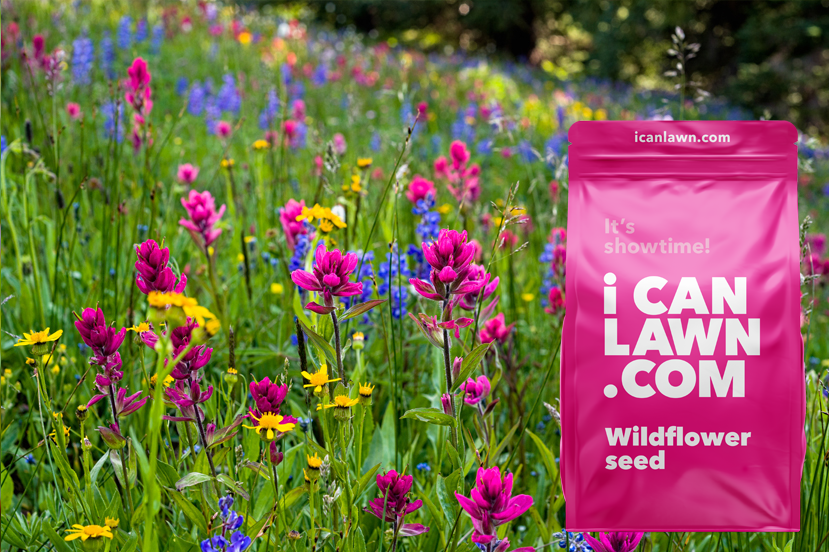10 Wildflowers that grow in shade
Just because your garden has shade doesn’t mean it has to be dull! Some wildflowers love to grow in the shade and can add a burst of colour to areas where nothing seems to grow. So, rather than settling for the bare, bland and boring - add some wildflowers to your shaded spots and make them shine again!
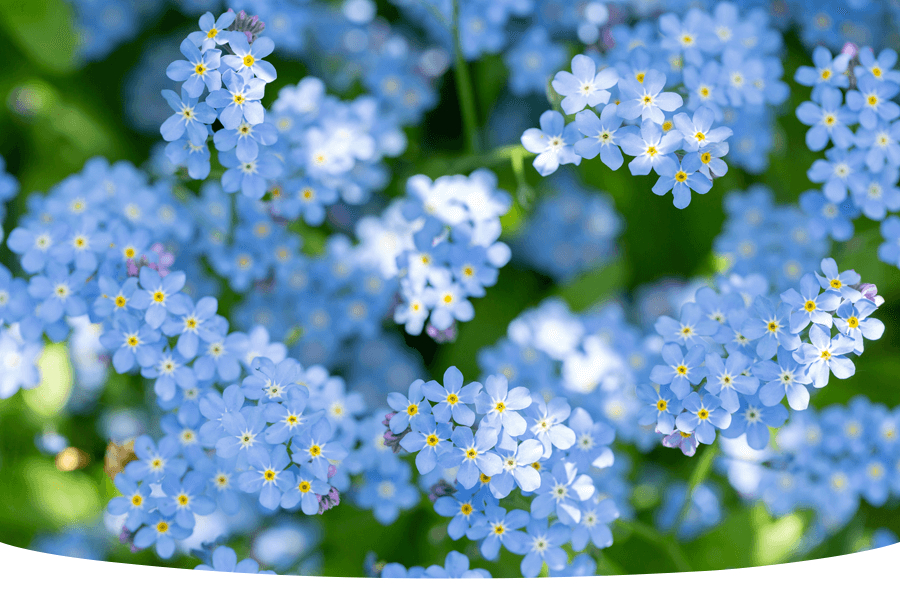
What wildflowers can I grow in shady areas?
We took the time to go over all the wildflowers that thrive in shady areas and packed the ones with the most personality into our Shade Showcase wildflower seed mix, giving you a vibrant display in the dullest areas of your garden!
1. Rudbeckia
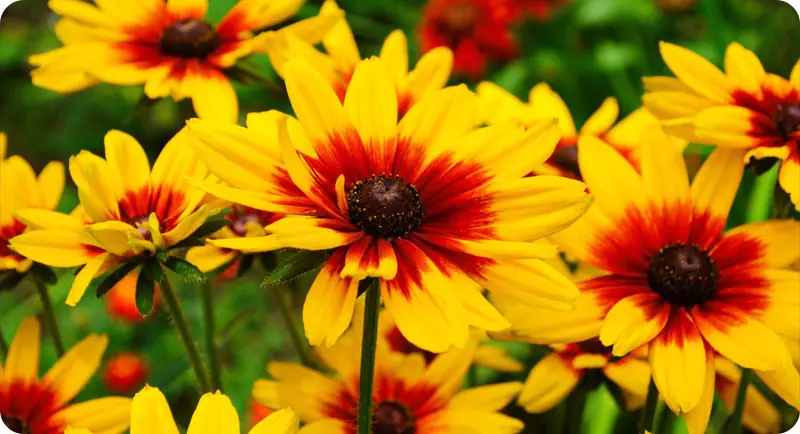
Folklore fact: Nicknamed ‘black-eyed Susan’ because of their appearance.
When does it bloom: June – September
The Rudbeckia is a punchy perennial that certainly stands out from the rest thanks to its sunshine-yellow petals and the distinctive bleeding effect that creeps along the flower. Rudbeckia’s don’t just impress with their looks – their petals can grow up to 17.5cm long! Giving bees plenty of room to aim for when they come down to enjoy their pollen.
2. Forget Me Not
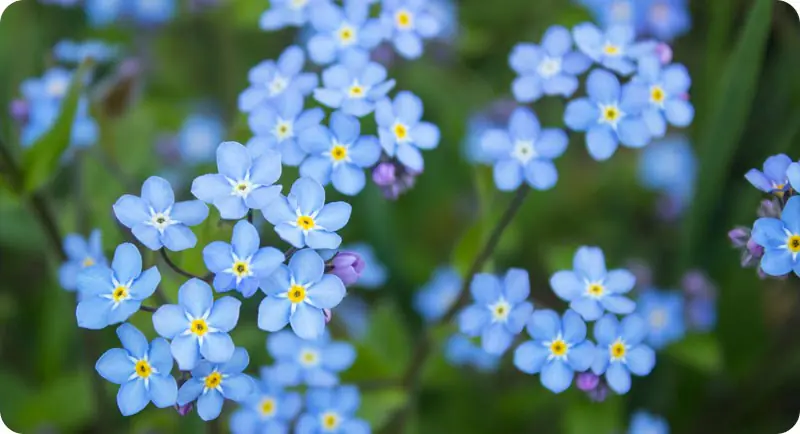
Folklore fact: Used as a sign between loved ones that they would never forget them.
When does it bloom: May - October
With its bright blue petals, you certainly won’t be forgetting the forget me not anytime soon! This is a perennial that can add joy to anywhere it grows by spreading a low-growing sea of blue clusters across any lucky area it is sown. Forget me not’s grow best in partial shade, making them the perfect candidate for transforming your shady areas!
3. Foxglove

Folklore fact: The spots inside their petals are said to bring good luck as they were believed to be touched by fairies.
When does it bloom: June – September
Foxgloves bring magic to your wildflower meadow by adding a spike of bright pink and purple petals that bees and pollinators love to tunnel into to feed on their nectar. They are a biennial, meaning they will be slightly late to the party and bloom in the second year after you sow your seeds – we promise they are worth the wait because each stem can produce 75 flowers and release 2 million seeds!
4. Ramsons
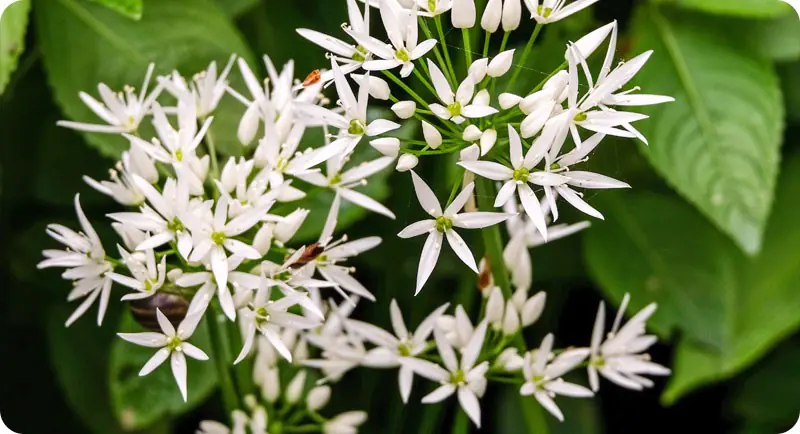
Folklore fact: It can be used in salads or made into a delicious soup.
When does it bloom: April – June
Ramsons are an unmistakable plant – their garlic smell alone can be a tell-tale giveaway! This perennial has earned the nickname wild garlic thanks to the distinctive smell of the small oval-shaped petals. Their shared similarities with garlic don’t stop at their scent because they taste the same as well – don’t just take our word for it; grow them and find out for yourself!
5. Bluebell
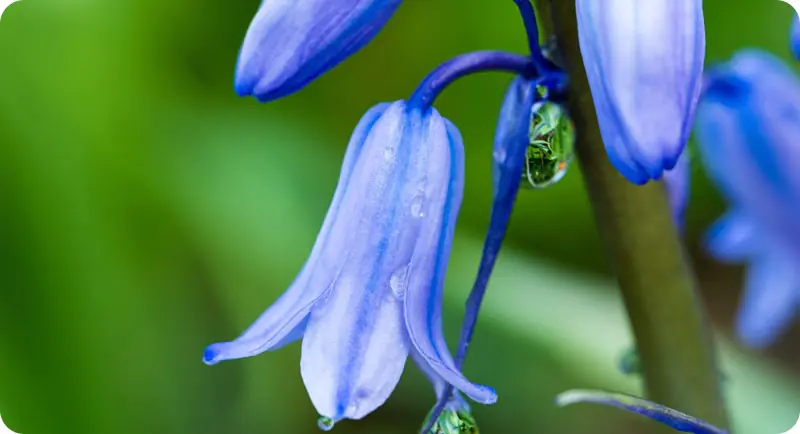
Folklore fact: 50% of their population is native to the UK.
When does it bloom: March - May
Enchanting and iconic, the bluebell is a staple wildflower within the UK. Their bell-shaped petals give off a violet glow that makes any area a spectacle to look at! The sticky sap given off by this perennial was once used to bind the pages of books together, but we think you will agree that they are best put to use as a stunning statement in your wildflower meadows!
6. Corncockle
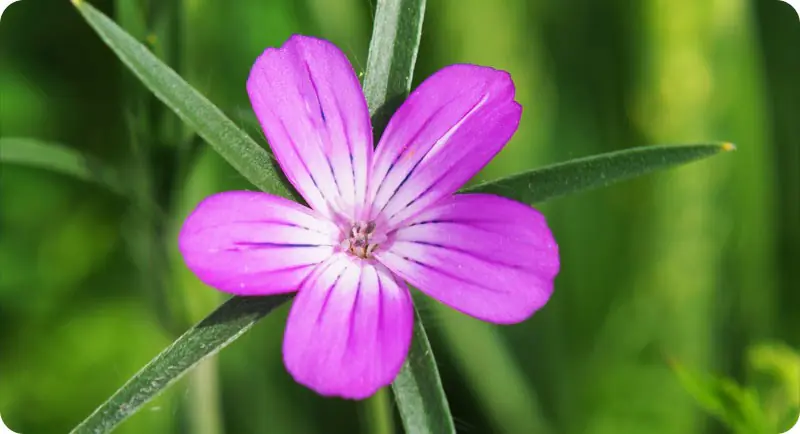
Folklore fact: Corncockle seeds are poisonous despite previously being used in medicines.
When does it bloom: June – August
The corncockle likes to be the star of the show by shooting off needle-like leaves that form the shape of a star. If that isn’t enough to stand out, this annual’s deep purple petals certainly are! Each one grows to a length of 50mm with 2 or 3 black lines forming along the petals to really show off.
7. Meadow Sweet
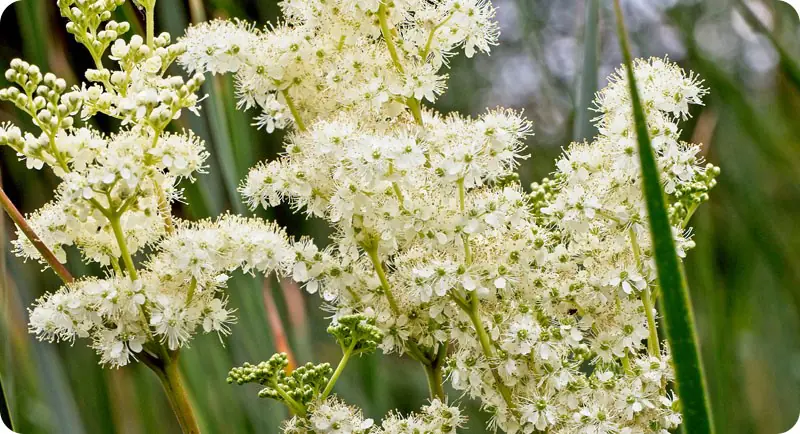
Folklore fact: It can be used to sweeten wine, beer and vinegar.
When does it bloom: June - September
Sweet by name and by nature, this perennial forms frothy clusters of sweet-smelling cream wildflowers on their tall stems. Meadow sweet is a member of the rose family and thrives in damp conditions, making it perfect for transforming your shady areas.
8. Wood Avens
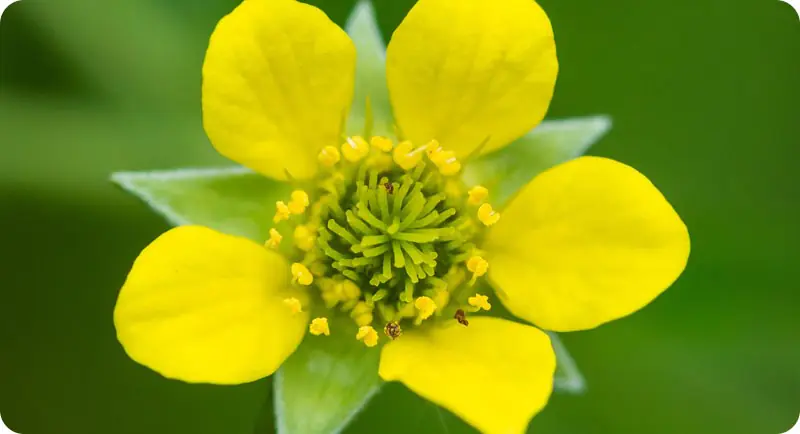
Folklore fact: It is believed that picking these wildflowers will keep you fit and healthy!
When does it bloom: May - August
Wood avens develop an elegant flower stem that blooms golden flowers that wave around in the breeze to catch the eyes of flying bees and pollinators. This perennial will form bundles of gold across your wildflower meadow before being replaced with spikey seed heads with red hooks that get picked up by other insects to help them reseed and return the following year!
9. Dames Violet
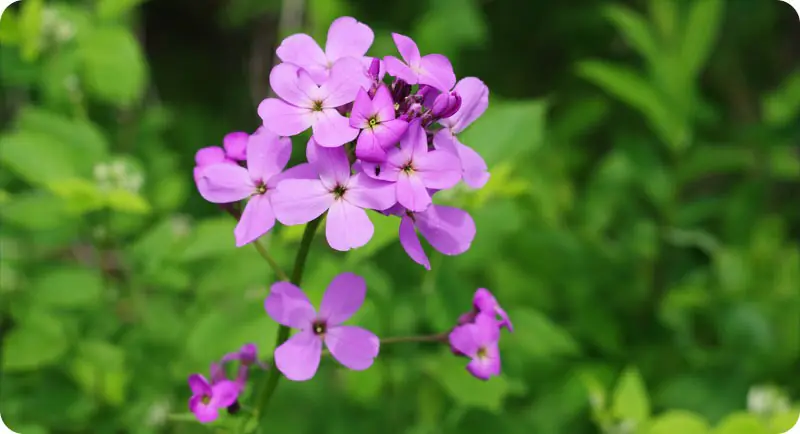
Folklore fact: Known for their heavenly scent.
When does it bloom: May - August
The dames violet looks as good as it smells – meaning you’re in for a treat when you sow this wildflower! The vibrant purple petals surrounding its neon yellow centre make this perennial easily identifiable and stand out as a showstopper in your meadow. The brightly coloured centre of these wildflowers also acts as a hot spot for bees and pollinators and is perfect for attracting wildlife to your garden!
10. Bladder Campion
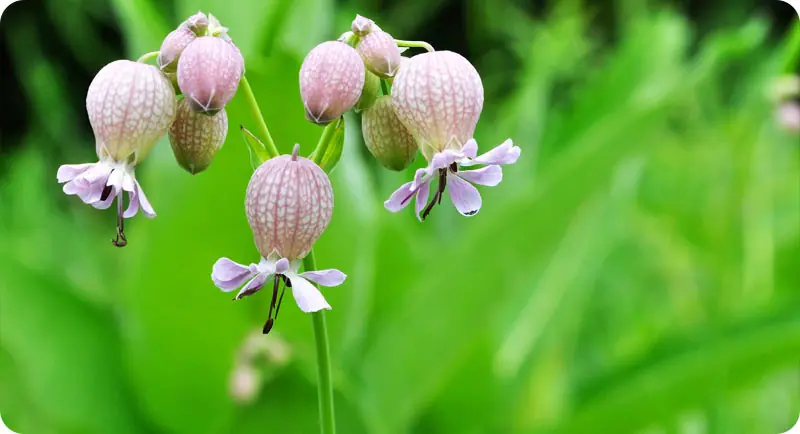
Folklore fact: They got their name from the bladder-like sac that stands out behind its petals.
When does it bloom: May - July
This wildflower is bursting with personality and has a distinctive balloon-shaped swelling with purple veins that sit behind its pretty white petals. The petals of this perennial also stand out from the rest, being 2-lobed, meaning that the wildflower gives off the impression it has ten petals when it only has five that have been cut down the middle, giving it the effect.
Conquer the shade
- Discover the best grass seed for shade!
- Find out how to grow grass seed in shady areas
- Or dive into the deep end and check out our Shade Supreme Lawn mix!




